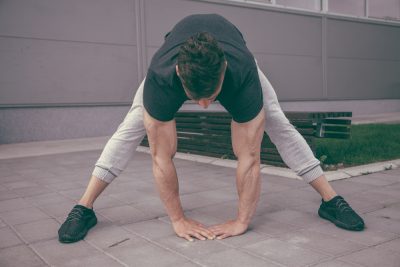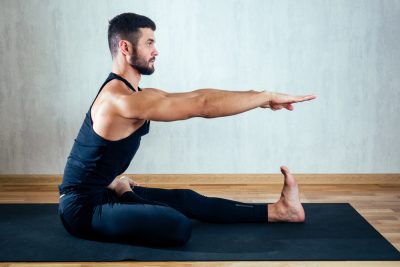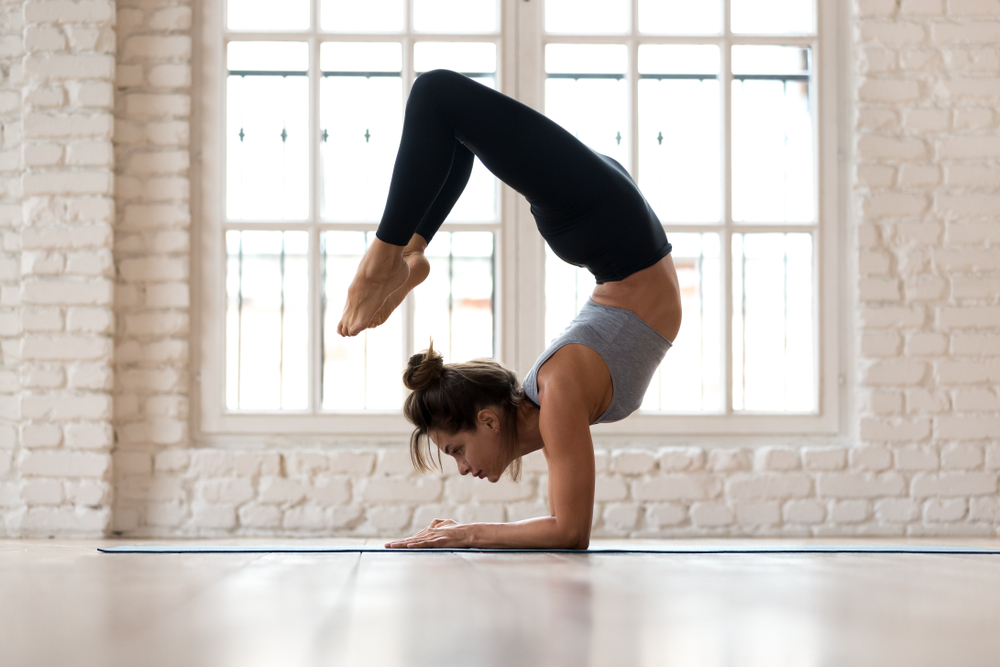It can be excruciating and uncomfortable if you are experiencing back pain. However, research has shown that the most cost-efficient and effective way to prevent or soothe is to stay physically active.
At some point, about 80% of people will experience lower back pain as it is a prevalent condition. However, there are varying causes, with the main cause being some changes in the lower back or lumbar structure because of musculoskeletal damage.
The musculoskeletal system consists of ligaments, tendons, muscles, bones, and other connective tissues that give your body stability, movement, and support.
The other muscles that are also responsible for maintaining the normal curvature of the spinal column are the hamstring muscles and hip flexor. These muscles have also been linked with lower back pain.
If you have minor back pain, it would usually clear up in a matter of days or weeks. However, if it lasts for more than three months, ensure you visit your healthcare provider as it could be chronic.
In both cases, you can relieve lower back pain or prevent it from recurring by stretching regularly and staying physically active.
The following are the best stretches you can do at home that would help relieve lower back pain;
Belly flops
In this stretch, your lower back is decompressed by using a rolled towel through supported elevation. These are the steps to do the belly flop;
- Take a blanket or towel and roll it up in terms of length, then position it in front of you horizontally.
- Press your hip bones into the blanket or towel by lying front-side down on it.
- Then relax your body completely. Your head can be positioned to any side.
- Maintain this position for about 2 minutes, and that is one rep. Do it for about three sets, taking a 60-second break before each set.
Supported bridge
To perform the supported bridge, you would need a firm cushion or a foam roller. Just like the belly flop, it also uses supported elevation to decompress your lower back. These are the steps to do the supported bridge;
- Lie on the floor with your back while ensuring that your feet are flat and your knees are bent.
- Raise your hips, then put a firm cushion or foam roller under them.
- Relax your body fully into the support of the floor, along with the firm cushion or foam roller.
- Maintain this position for about 60 seconds, and that is one rep. Do it for about five sets, taking a 60-second break before each set.
 You can stretch out one or both legs from the bent position if you want to increase the stretch in your lower back.
You can stretch out one or both legs from the bent position if you want to increase the stretch in your lower back.
Flexion rotation
This is an exercise that is very effective when it comes to stretching your buttocks and lower back. These are the steps to do the flexion rotation;
- First, get into position by lying on your left side while ensuring that your legs are fully extended.
- Bend your right leg, and hook your foot at the back of your left knee.
- Then with the use of your left arm, grab your right knee.
- Then you place your right hand at the back of your neck
- With a controlled and slow movement, touch your left shoulder blade to the ground to rotate your upper body backward. While doing this, you experience a slight stretch in your lower back.
- Hold this stretch for about 3 seconds, then you revert slowly and repeat it for about ten more times.
- Do all the steps again on your right side.
Seat forward bend
A frequent contributor to lower back pain and injuries are the muscles found at the back of your thighs, the tight hamstrings. This exercise is one that stretches the hamstring muscles to release tension and relieve tightness in the spine. These are the steps to do the seat forward bend;
- Keep your legs fully extended in front of you while you sit on the ground.
- Around the bottoms of your feet at your heels, you have to hook a standard bath towel.
- Bend forward at your hips gently, then bring your belly down to the thighs.
- Hold the towel and use it to bring your belly towards your legs while ensuring that your back remains straight.
- Keep stretching and only stop when you feel mild tension in your lower back and the back of your legs.
- Maintain this position for about 30 seconds, and that is one rep. Do it for about three sets, taking a break of 30 seconds between each set.
By grabbing the towel farther or closer to your feet, you can actively decrease or increase the tension of this stretch. You can increase the period for which you hold the stretch when you become more flexible, or you can rest for shorter periods between each stretch.
Pelvic tilt
If you want to release tight muscles and maintain their flexibility, then a simple way to do it is by performing the pelvic tilt exercise. These are the steps to do the pelvic tilt;
- Lie on the floor with your back and ensure that your arms are by your sides, your feet are flat on the floor, and your knees are bent.
- Push your stomach out and arch your lower back gently to stabilize your core.
- Maintain this position for about 10 seconds before relaxing.
- Ensure that your buttock muscles and abdominal muscles are tightened while you push your pelvis up toward the ceiling a bit. While doing this, you would feel as your lower back is being pressed into the ground.
- Maintain this position for about 10 seconds before relaxing.
- As a beginner, do about 15 reps per day and then slowly increase to about 25 to 30 reps.
Cat-cow stretch
This is an excellent stretch that helps to ease tension and increase flexibility in your core muscles and lower back. These are the steps to do the cat-cow stretch exercise;
- Get into the starting position by getting on all fours and keep your knees apart in a distance of the width of your hips.
- Pull your belly button up towards your spine to arch your back, and allow your head to drop forward. You have successfully done the cat aspect of this exercise.
- Maintain this position for about 10 seconds, in which your lower back would feel a mild stretch. Then revert to the initial position.
- Curve your back down toward the floor while raising your head and letting your pelvis fall forward. You have successfully down the cow aspect of this exercise.
- Maintain this position for about 10 seconds and revert to the initial position.
- Do the whole exercise for about 15 to 20 reps.
Trunk rotation
This is an exercise that research is effective when it comes to relieving tension in the lower back. The trunk rotation also targets your core muscles, which include your back muscles, muscles around your pelvis, and your abdominals. These are the steps to perform the trunk rotation;
- You should stay in a position that looks as if you are sitting on a chair by bringing your knees up toward your chest while lying on your back.
- Then stretch out your arms fully to the sides and ensure that your palms are facing down to the floor.
- Keep your hands on the floor and your knees together. Then you roll your two bent knees to your left side and maintain the position for about 20 seconds.
- Revert to the initial position, and this time, roll over to your right side and hold for another 20 seconds.
 Do about 5 to 10 reps on each side.
Do about 5 to 10 reps on each side.
Knee-to-chest
This is a stretch that helps relieve pain and tension and also lengthen your back. These are the steps to do the knee-to-chest;
- Get into the starting position by lying on your back, keeping your feet flat on the ground, and bending your knees.
- With the use of your two hands, grab your lower left leg and interlace your fingers or have your wrists clasped underneath the knee.
- Ensure that your right foot remains flat on the ground, then pull your left knee up toward your chest gently until there is a mild stretch in your lower back.
- Relax your hips, lower back, and legs while holding your left knee against your chest for about 30 to 60 seconds.
- Leave your left knee and revert to the initial position. Repeat the steps with your right leg.
- Do about three sets for each leg
If you feel like this stretch is not challenging enough, you can lift both of your knees toward your chest simultaneously for about 20 seconds. Repeat for three sets, taking a break of 30 seconds between each set.
Conclusion
Having pains in your lower back is a common condition that impacts a lot of people’s lives. Fortunately, it can be relieved and prevented by being physically active.
Some of the proven stretches to relieve lower back pain include the supported bridge, pelvic tilt, trunk rotation, and many others.



